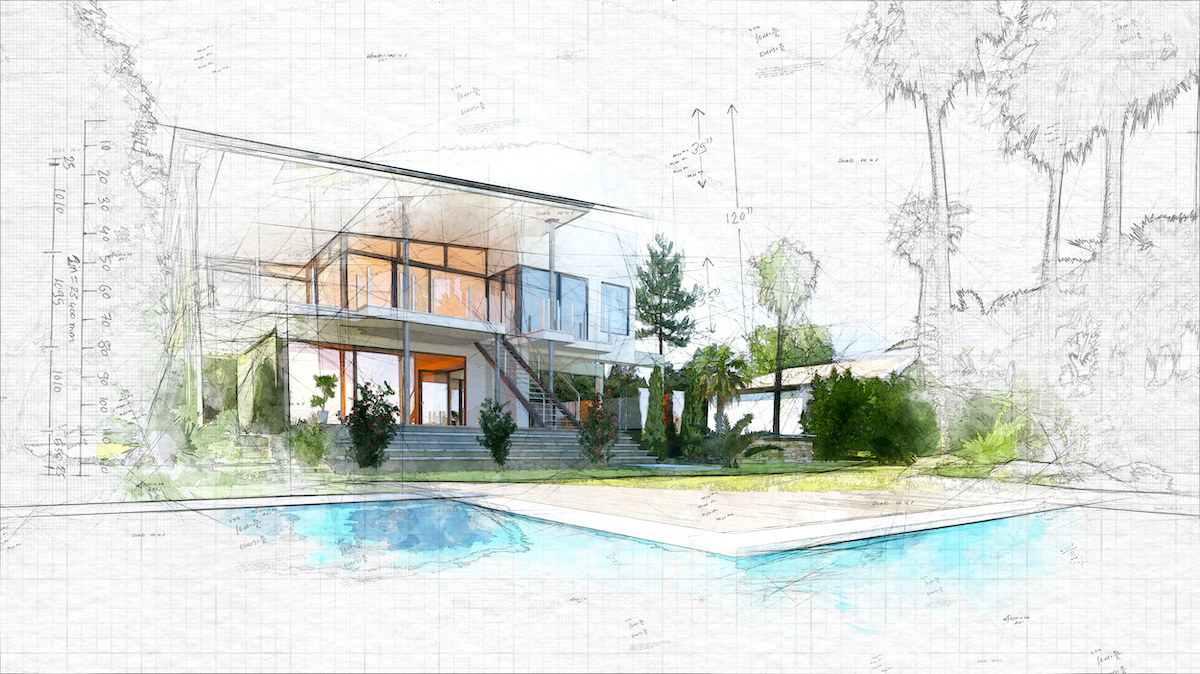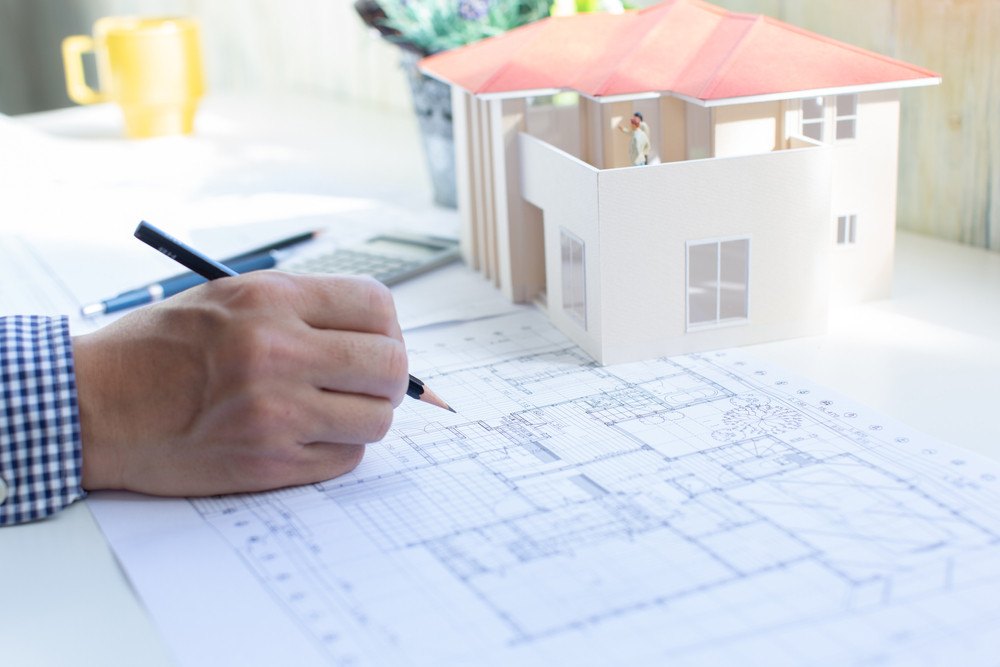The Influence of Technological Innovations on the Style Practices of Contemporary Architects
The rapid advancement of technological devices has substantially reshaped the style landscape for contemporary designers, cultivating unmatched degrees of development and sustainability. The assimilation of Building Details Modeling (BIM), parametric design, and expert system has not only structured collaboration among varied teams however additionally redefined project implementation. As designers welcome these advancements, they are challenged with complex difficulties that might influence their creative processes. Checking out these characteristics discloses a nuanced interplay between innovation and standard layout methodologies, prompting a better assessment of what the future holds for building techniques.
Advancement of Architectural Devices
Exactly how have building devices changed the style and building processes over the centuries? The advancement of architectural devices has actually considerably impacted the performance, accuracy, and creative thinking of style and construction.
With the arrival of the Renaissance, the introduction of the compass and the protractor noted an essential shift. These devices enabled engineers to achieve better accuracy in their layouts, helping with the appearance of more intricate and in proportion structures (cda architects). The Industrial Transformation further reinvented building method with the intro of mechanized tools and products, enabling bigger and more ambitious tasks
In the 20th century, the development of computer-aided style (CAD) software program transformed the landscape once more, providing designers with extraordinary capabilities in modeling and visualization. Today, advanced tools such as Building Info Modeling (BIM) and parametric layout software continue to push the borders of building innovation, allowing an extra incorporated method to style and building and construction procedures.

Enhanced Collaboration in Design
As technology remains to progress, enhanced cooperation in style has actually ended up being a cornerstone of modern-day architectural technique. The integration of electronic tools such as Structure Information Modeling (BIM), cloud-based systems, and advanced visualization software program has changed the way engineers, engineers, and stakeholders engage throughout the design procedure. These devices assist in real-time interaction, enabling groups to share ideas, adjustments, and feedback instantaneously, regardless of geographical place.
In addition, online fact (VR) and enhanced fact (AR) have further enriched collective initiatives by enabling immersive experiences that enable customers and staff member to picture tasks in a more appealing manner. This degree of interaction not only improves understanding but likewise promotes a feeling of possession among stakeholders, causing even more informed decision-making.
Additionally, interdisciplinary partnership has actually been structured through these technological improvements, making it possible for engineers to work much more carefully with various other specialists, such as city planners and environmental specialists. The result is a much more natural strategy to make that considers various point of views and know-how. Inevitably, boosted cooperation in layout is not just a fad; it is essential for creating innovative, functional, and aesthetically pleasing architecture in an increasingly intricate globe.
Sustainability Via Modern Technology
Sustainability in style has actually progressively ended up being intertwined with technological innovation, driving the sector towards ecologically accountable methods my review here - cda architects. Contemporary architects are leveraging advanced modern technologies to decrease ecological effect while enhancing the efficiency of structures. One famous example is making use of Structure Info Modeling (BIM), which enables for precise preparation and source allotment, reducing waste throughout building and promoting energy effectiveness throughout a building's lifecycle
Moreover, clever materials and energy-efficient systems are being incorporated right into designs to maximize resource usage. Technologies such as photovoltaic or pv cells and eco-friendly roof harness renewable resource resources, adding to reduced carbon impacts. Additionally, the application of expert system in layout processes enables designers to simulate and assess energy intake, directing choices toward even more sustainable results.
The integration of sustainable modern technologies not only straightens with worldwide ecological goals however also satisfies an increasing demand from customers for environmentally friendly remedies. As architects accept these technologies, the focus moves in the direction of creating areas that are not just aesthetically pleasing however additionally functionally sustainable, consequently redefining the criteria of modern design. In this means, technology functions as a stimulant for sustainability, making it possible for architects to create structures that regard and enhance the native environment.
Obstacles in Implementation
While technological advancements in architecture hold fantastic promise for enhancing sustainability, their implementation usually comes across substantial difficulties. One main barrier is the steep knowing curve related to brand-new modern technologies. Engineers and building specialists might need substantial training to effectively utilize advanced software application and tools, which can delay project timelines and increase prices.
In addition, the assimilation of arising modern technologies, such as Structure Details Modeling (BIM) and lasting products, you can look here usually demands cooperation throughout multidisciplinary teams. This partnership can be hindered by differences in proficiency, workflows, and interaction designs, causing prospective disputes and inefficiencies.
Financial constraints better make complex the adoption of innovative modern technologies. Several building firms, specifically smaller sized ones, may lack the sources to spend in advanced devices, restricting their capability to take on bigger firms that can afford such financial investments.
Additionally, regulatory structures and building codes may not maintain pace with technical improvements, developing ambiguity and possible compliance concerns. This difficulty can discourage engineers from fully welcoming new modern technologies, as the danger of non-compliance might exceed the advantages. Attending to these implementation difficulties is critical for the successful assimilation of technological improvements in modern architectural methods.
Future Fads in Architecture
The difficulties connected with the implementation of brand-new modern technologies in architecture have motivated a reevaluation of future trends within the market. As designers browse issues such as sustainability, urbanization, and social equity, they are progressively taking on cutting-edge technologies to enhance layout performance and environmental performance.
One famous fad is the assimilation of artificial intelligence (AI) in the style procedure. AI devices can assess vast datasets to inform style choices, improving both creative thinking and capability. Similarly, Building Information Modeling (BIM) remains to develop, allowing real-time cooperation amongst stakeholders and promoting structured job management.
Lasting layout techniques are additionally obtaining energy, with designers concentrating on flexible reuse and regenerative style principles that reduce resource consumption and waste. The incorporation of clever products and eco-friendly energy sources will better boost the durability of buildings in the face of environment adjustment.
In addition, the increase of parametric original site design allows for even more individualized and context-sensitive architectural solutions. By using these improvements, designers are poised to develop developed environments that not just deal with the immediate demands of society but additionally expect future challenges, consequently redefining the role of style in an ever-changing globe.
Conclusion
